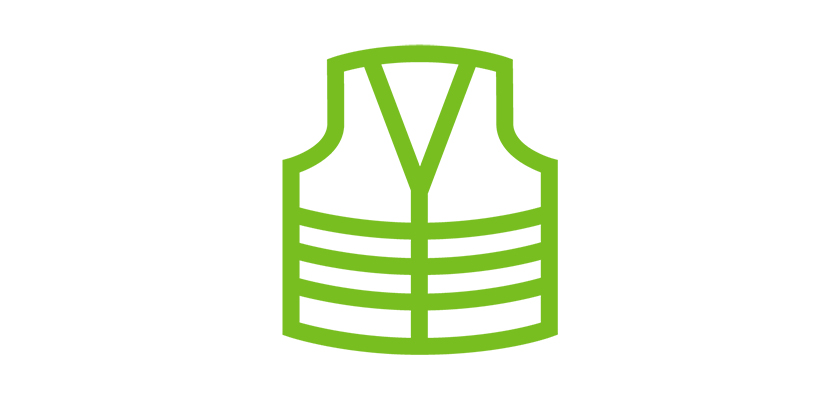
Do you want to know more about Stora Enso?
On this page you find all information related to safety which is important for you to know and be aware about. Please always follow our safety instructions.

Safety personnel
To be allowed to work in the mill area, you must have completed:
You can complete Stora Enso's general safety induction and Heinola Fluting Mills' local safety induction in the following address:
http://elearning.fi/storaenso/turvainfo/
Password: sesafety
The general induction takes around an hour to complete. The local induction takes around 10 min and it must be completed in one go for it to be saved. The completed induction is valid for two years.
The department-specific safety briefing takes place at the mill.
Always when working at the mill:
Protective clothing according to the situation.
Basic work clothes in maintenance, service and installation work are a work jacket and/or long- sleeved work shirt and trousers, bib-and-brace overall combination outfit or coverall. The protective clothing must be worn so that the outfit covers both the upper and lower body, neck, arms and legs.
When using a personnel lifting device, fall protection must be worn and a safety rope must be attached in order to prevent falling.
Full face mask with ABEK-P3 filter for gases.
At least an FFP3 class mask is required at the effluent treatment plant.
A welding helmet for welding and ALWAYS a fresh air breathing apparatus in stainless steel welding.
Concentration meter in all confined spaces, also in other work if required.
NB! For work in the power plant's liquor line area, the work team must have a hydrogen sulphide concentration meter (H2S) and in the odorous gas boiler area (HK1, HK2, HK3/IMAGE project) a sulphur dioxide concentration meter (SO2).
Sufficient work site area restrictions must be in place when carrying out lifting work, personnel lifting device work and other work that requires restricting the area. Suppliers must be equipped with adequate marking and restricting equipment when coming to work.
Accident
Fire
In addition to minimum fire extinguishing equipment and protective equipment, persons carrying out hot work must be equipped with at least one 25-39 mm / 20 m fire hose with a 2" claw connector and a matching nozzle.
Gas hazard
In emergencies, always call 112. Also inform shiftmaster (p. 044 742 9785) and gate (p. 044 742 9528)
Hydrogen sulphide
Sulfur dioxide
Boiler ash from incineration plants using biofuels
When placing the call, state:
Answer any questions.
Do not end the call before you are told to do so.
Arrange for someone to show the way.
